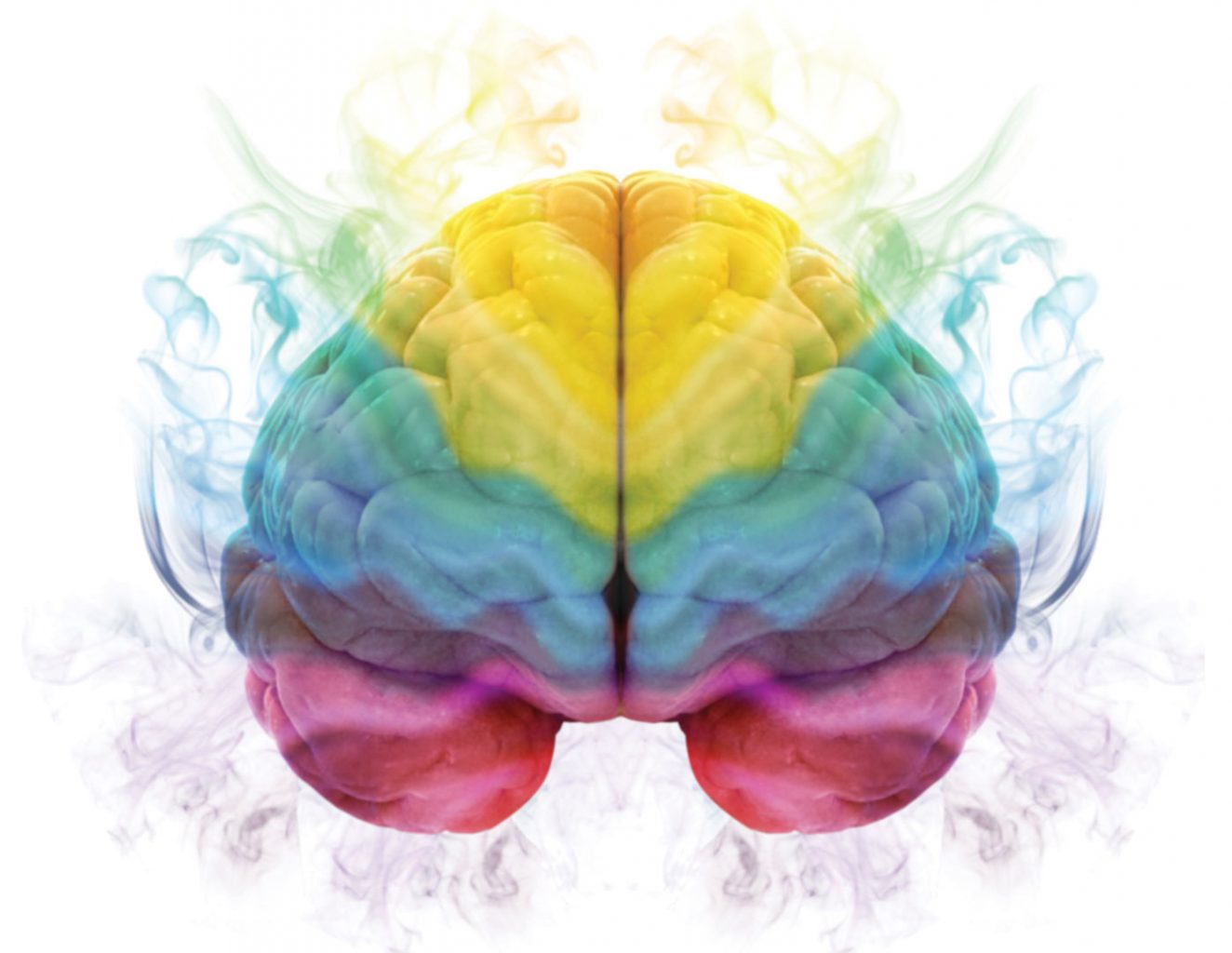October Is 'Down Syndrome Awareness Month’

Pinot’s Palette celebrates everyone’s differences, because we know that’s what makes the world so great; We also know just how important of a role ‘Art’ plays in the lives of many, no matter where you’re from, what race or age you are, or if you consider yourself an artist or not.
Here's some great information about using art as a therapy to help those with (and loved ones affected by those with) Down Syndrome and other disorders in honor of this month's special celebration. <3
**Some Ways That Art Can Work As Therapy For Those With Down Syndrome:
-It’s A Great Way To Communicate.
Creative expression through the arts may be especially important for children and adults with Down syndrome for several reasons. Firstly, most will have major difficulties in expressing themselves through spoken language - through talking or writing. There are exceptions, of course, and some young people write poetry and can express themselves verbally on stage. However, many cannot share their feelings through words but can do so most eloquently through dance and movement or through painting. Creative arts then, may be an important 'voice' for many.
-Expression Of Feelings
Most individuals with Down syndrome are empathic - that is - they feel deeply and feel what others are feeling. However, they may not be able to share their feelings by talking about them but they may be excellent at expressing feeling in dance and drama. I have a vivid memory of watching a dance group performing a few years ago while at a conference abroad. The dancers were adults with Down syndrome plus professional dancers who taught them and worked with them. All the adults' technical skills as dancers were impressive - the teachers came from a classical dance background as I remember - certainly some of the dance included classical ballet sequences and steps. The thing that most impressed and moved me however, was the emotional expression conveyed by the dancers as they moved and their relationship with the music and its mood. A number of the group were adult men with Down syndrome - a generation who would not have had great opportunities for education and from whom little was usually expected. They were like most adults with Down syndrome of their age - some a little overweight and most without employment. It was the unusual beliefs of their teachers - the ability to see beyond the usual expectations and to give them the chance to learn and succeed that had transformed their lives.
Not only can art-making and art therapy help those with Down Syndrome, but also many people with Autism, dementia, depression, ADHD, and more! It's such a wonderful thing to take some time for yourself and express who's inside of you in some form or another.
Check out some ways that art works on many levels to help those individuals:
ALZHEIMER’S DISEASE and Other Dementias
How Art Therapy enhances the quality of life for dementia patients:
When done in combination with reminiscence activities, art therapy shows the person that their story is of value and interest to others. Not only that, but it’s a way of demonstrating to them that they are capable of adding beauty to the world for others to enjoy.
They can lose themselves in the moment as they create. Through the process of art therapy, relationships are built, empathy fostered, anxiety lessened, and a sense of mastery or control over their environment is developed. It’s a matter of discovering new ways to express themselves and communicate through art.
**Possible Outcomes from Art Therapy include:
Opens up a whole world of opportunity to an individual with autism who has significant artistic talent.
Creates a unique opportunity for personal bonding
improved ability to imagine and think symbolically
improved ability to recognize and respond to facial expressions
improved ability to manage sensory issues (problems with stickiness, etc.)
improved fine motor skills
Art and Autism: All The Benefits
https://htab...the-benefits/
AUTISM
Art therapy is a natural fit for autism for several reasons. One of the hallmarks of autism is impaired communication. Verbal self-expression and language is often especially difficult. Expressing feelings and ideas through images is very natural for those with Autism and can be a welcomed relief from the daily struggle to use words effectively.
**Ways Art Therapy Can Help:
-Art therapy can help with social skills
-Art therapy can address Sensory Processing Disorder (SPD)
(*)SPD is a pervasive problem in autism which contributes to a great deal of difficult emotions and behaviors, yet is too often overlooked
-Compulsive shredding of paper turned into beautiful collages
-It is inherently reinforcing. Kids get enjoyment, stress relief and a boost to their self confidence from tackling art projects or simply exploring art materials. That they are practicing life skills while doing so may not enter their minds.
12 Incredible Artists With Down Syndrome
https://www....01204790.html
ASPERGER’S SYNDROME
What distinguishes Asperger’s Disorder from classic autism are its less severe symptoms and the absence of language delays. Children with Asperger’s Disorder may be only mildly affected, and they frequently have good language and cognitive skills. To the untrained observer, a child with Asperger’s Disorder may just seem like a neurotypical child behaving differently.
Individuals with Asperger’s Disorder usually want to fit in and have interaction with others, but often they don’t know how to do it. They may be socially awkward, not understand conventional social rules or show a lack of empathy.
**All of the above-mentioned positive effects of art therapy on those with Autism, can be applied to those with Asperger’s as well.
An art class, or even attending an art show, visiting a museum, or just talking with other artists are all wonderful ways to help encourage positive social interactions for
More about Art and Asperger’s
https://www....nd-aspergers/
**Art Therapy for ADHD
https://www....apy-for-adhd/
**Using Art to Help With Depression
https://www....m-depression/
Share Benefits of Art Therapy | Raise Down Syndrome Awareness

